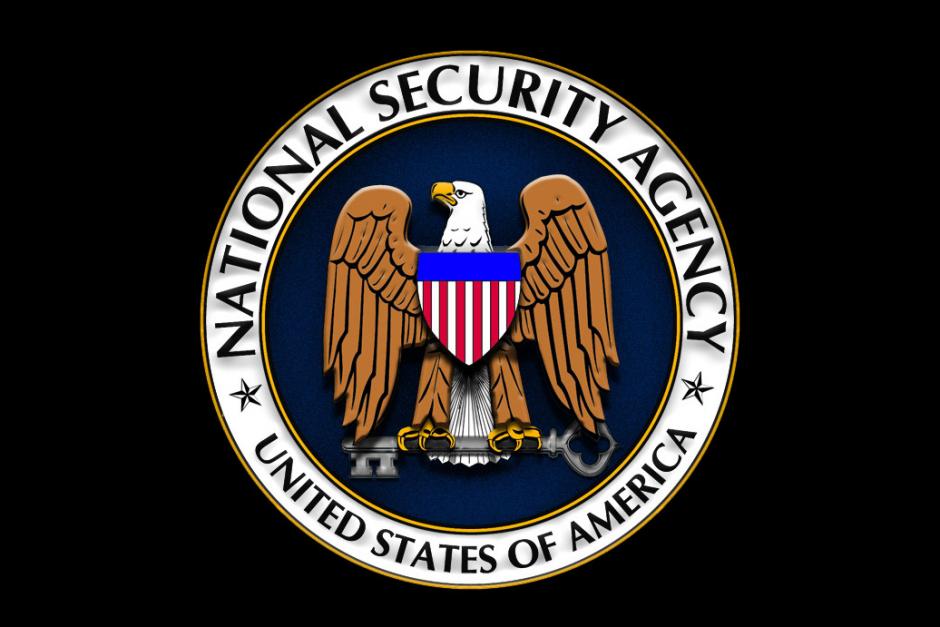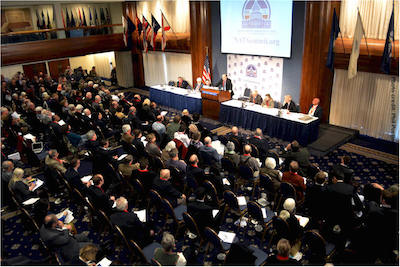The Cognitive Dissonance of Spying: It’s Always Illegal and Often Immoral
Apr 24 2014 / 9:07 pm
By Philip Giraldi.
UNZ – It is being reported that the attempt by Director of Central Intelligence John Brennan to steer the CIA away from paramilitary action and back towards conventional spying and analysis is not going well. Media coverage of the problem is depicting it as being partly driven by bureaucratic obstacles associated with budgeting and allocation of personnel, but the truth is that cultural change that has taken place over the past thirteen years is the real culprit and one must conclude that it will be even harder to shift than if it were simply a question of who gets the money and the promotions.
The intelligence world turned upside down after 9/11. Prior to that time, most case officers working overseas rarely thought about right or wrong because they really didn’t have to. The Soviet Union and international communism were the main enemies, capable of destroying the United States militarily and challenging the principles of republican government that most Americans consider to be their birthright. Many, possibly most, overseas officers were Roman Catholics and some were quite observant, though it is doubtful if they gave any serious thought to either the morality of what they were doing or just war concepts and basically accepted that there was a war de facto against a powerful and ruthless enemy and it had to be won.
Everyone was acutely aware that spying is illegal, which would perhaps come as a surprise to the current generation of intelligence officers who have been led to believe that “you are either with us or against us” and might makes right. The public perception that CIA is just another alphabet soup national security entity is right as far as it goes but both Agency and military case officers are distinguished by the fact that what they do is illegal nearly everywhere and they have no legitimate law enforcement function whatsoever. Even in foreign countries where CIA and military attaches work closely with the local intelligence and security services the activity is still illegal, often constrained by either spoken or written agreements on what is and is not acceptable to the host government. No one likes seeing their own citizens recruited as spies. Stepping out of line and engaging in contacts regarded as incompatible would often induce the locals to stomp down hard, sometimes demanding that the offending party leave the country, referred to as “persona non grata” or PNG.
In the pre-9/11 days, operations conducted by the CIA and military counterparts had been something like structured, leisurely affairs, with officers going through what was referred to as the recruitment cycle to obtain new agents as sources of information. The cycle started with spotting a potential agent, which was usually accomplished by trolling on the diplomatic circuit to identify individuals who might have information of interest to the United States government. This was followed by assessment, where additional contacts with the target were contrived to determine if he or she did indeed have anything of value and also whether he or she might be amenable to some kind of collaborative relationship with the US. The development phase came next to determine and exploit the target’s needs and vulnerabilities in order to shape a mutually beneficial recruitment pitch to secure his or her cooperation. The actual pitch, which most often came down to money but might well include other elements, would establish the relationship whereby the agent would accept direction to obtain information in return for a quid pro quo from his case officer acting on behalf of the Central Intelligence Agency or Pentagon which was in turn acting on behalf of the US government. The agent’s career would then last as long as he or she continued to have information of value, concluding with a termination which, ideally, would be amicable when the raison d’etre for continued contact had run out.
What was notable about the old fashioned recruitment cycle was its overall friendliness, though that is not to say that there were not plenty of intelligence officers who viewed their foreign agents as disposable items. It was even possible to believe that one was serving one’s country’s interests while also behaving ethically, permitting that Sunday morning trip to church. It also took a lot of time and effort. The CIA or military case officer would basically work to make friends with the agent-prospect and eventually ask for help. The target would often say “yes” based on the relationship more than on the other offerings on display. In my own experience, one of the highest accolades that one might receive while working as a case officer in the field was to have an experienced agent tell you that you were the best contact he or she had ever worked with, bar only one other, the person who originally recruited him. So strong was the personal bond that many retired officers can to this day recount how former agents remain friends who take pains to keep in touch.
After 9/11 the White House demanded more. It wanted information on terrorists, it wanted it fast, and it didn’t particularly care how it was obtained. As the Agency and Pentagon work for the President they did their best to oblige. If agents had been collaborators under the old rules they were now expendable, to be squeezed for whatever they could provide before moving on to the next source. Where agents in the old school might be met over dinner or drinks and cigars, the new regime had them picked up on the street by a security team which would search them, blindfold them and stick them under a blanket behind the car seats, and drop them off somewhere else for a hurried interrogation by a case officer. They would then be bundled back into the security vehicle and dumped out on the street again. The case officers themselves would rotate from source to source, nobody getting to know anyone, and no one caring very much.
The old expression “building rapport with an agent” in order to obtain more and better information went out of use and the officers who possessed the old skills gradually retired, taking the institutional knowledge out the door with them. And not knowing who your agent really was would prove to have real life consequences, including the suicide bomb killing of seven CIA officers at Khost Base in Afghanistan in 2009, largely due to a failure to realize that an apparently valuable source was in reality a triple agent.
Then there arrived the drones. Killing machines pure and simple with everyone inside the process knowing that lots of civilians were paying the price for poor intelligence. And the world learned about renditions, targeted assassinations and torture, all endorsed at the highest levels of CIA, which is still attempting to justify what it did. To continue to work in such an environment required a complete suspension of conventional morality. The whole world became a gaggle of enemies clustered in a free fire zone. Spot, assess, develop, recruit? Become a friend. No time. No way.
So Brennan is confronted by a problem more pervasive than resource allocation in his effort to revive the old intelligence skills. No one any longer thinks the way they did pre-9/11. Apart from regular nervous assertions of “we are the good guys,” there is not a whole lot of soul searching about what is happening and why and you either have to accept the reality or move on. Which makes it hard to go back to what was, as John Brennan is discovering.

